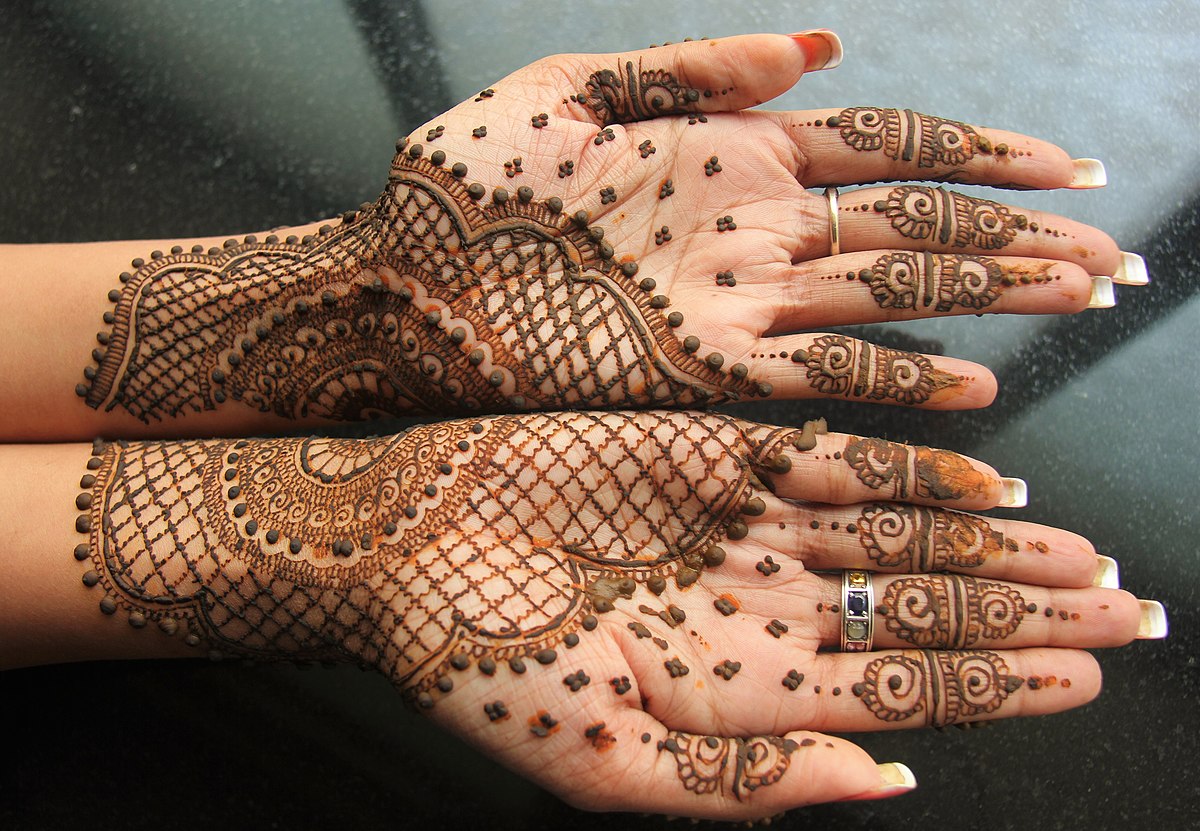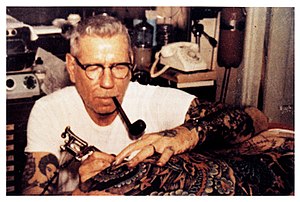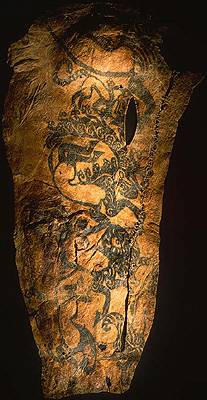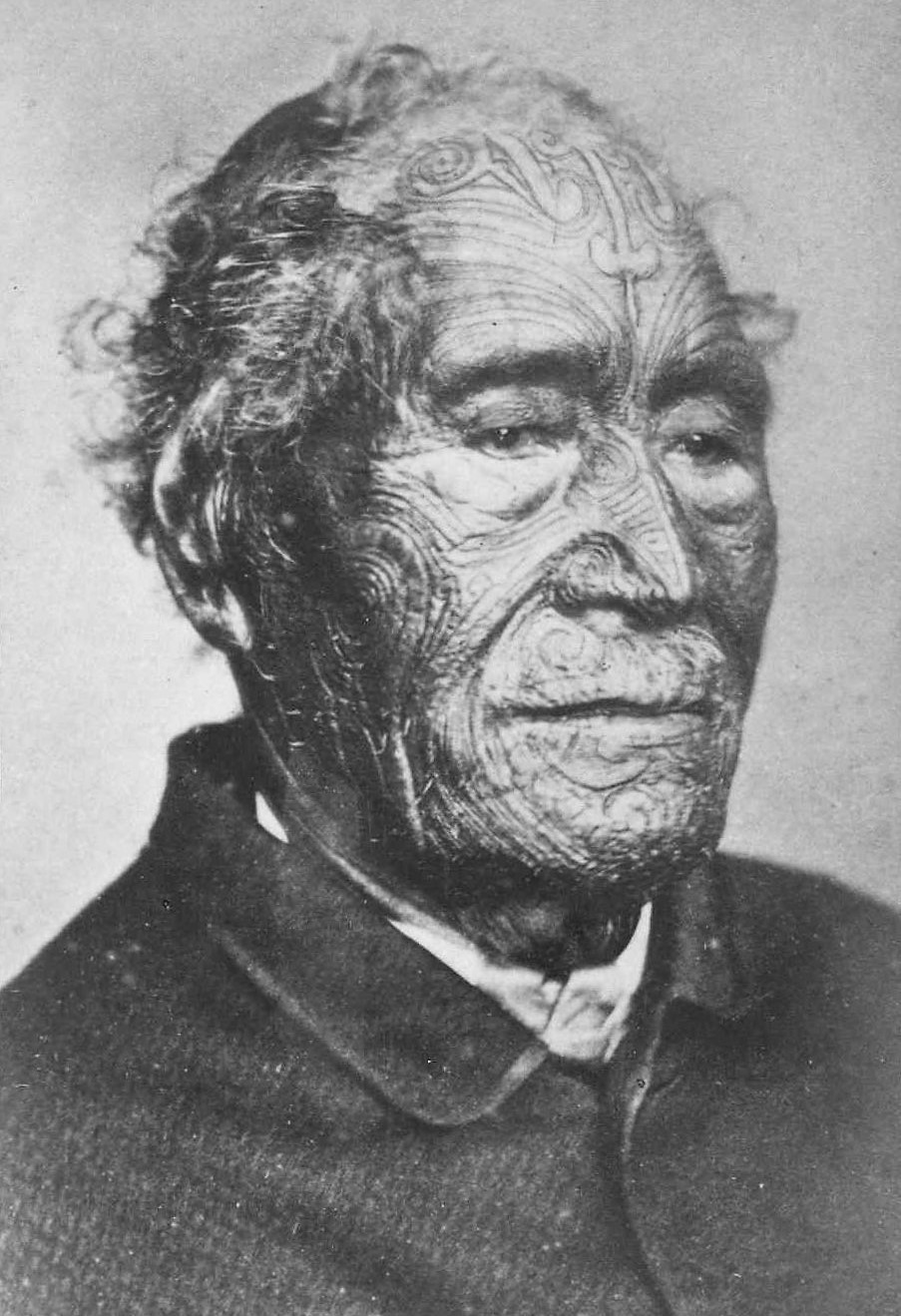Geography of Tattoos
Wednesday, 27 September 2017
Henna
Henna:
Henna is a type of temporary tattoo that has become very popular around the world especially among teenagers.Henna is a plant found in tropical climates of Africa, northern Australia and southern Asia. The leaves on the plant contain a pigment called lawsone, when it is mixed with proteins it leaves a stain. It has been used over the years for dying hair and body art due to its staining quality.
Mehandi is the traditional art of painting the body with the paste made from the leaves of the henna plant. Mehandi originates from Indian desserts when people who lived there discovered that by painting their feet and hands with the henna paste it made them cooler.
Henna also has many natural healing properties and can heal many things such as headaches, liver disorders and skin diseases.
Many people associate henna with the Indian culture, Henna tattoos are generally done for women's weddings where they get huge henna body art designs typically on the chest or back.163In Morocco the day before a wedding its is a ritual for the bride to paint her hands and feet with henna. In Israel brides have a henna party a week before their wedding with all their close friends. At the party they all do each others henna.
 |
| en.wikipedia.org |
Types of Tattoos
American Traditional
This type of tattoo was made popular by tattooist Norman Collins in the 1930s. He became known as 'Sailor Jerry' due to his sailor inspired tattoos. This style uses bold black lines and the colours used are generally primary colours. Traditional imagery consists of sailor inspired images as well as daggers, skulls and roses. Below is a picture of 'Sailor Jeryy'. |
| en.wikipedia.org |
Traditional Japanese (Irezumi)
This traditional Japanese style was popularised by the Japanese criminal underworld. Like American Traditional it is based on bold black lines. Common imagery used in these tattoos are lotus flowers, koi fish and waves.
 |
| nodaluka.com |
Realism
This is a style that tries to recreate images as close to what they would look like in real life. This style lacks bold outline but consists of shading and colour contrasts.| shroomery.org |
Black and Grey
Black and grey tattoos are very similar to realism tattoos they just don't have any colour. Black ink and watered down black inks are used instead of coloured inks. White ink is also used for highlights.
 |
| en.wikipedia.org
|
Portraiture
Portraiture is generally done in realism in which a portrait on someone is recreated as a tattoo. A stencil is usually used for this type of tattoo so that is turns out as precise as possible.Illustrative
Illustrative combines realism and old school tattoos. They have bold outlines with a lot of colour. The aim is to make them look like an illustration rather than a tattoo.New School
New school is an animated type of tattoo, Its illustrative that is exaggerated. Tattoos done in the style usually have cartoon characters.Biomechanical
These tattoos are done free hand and move with the flow of the persons body. They usually have a supernatural theme or mechanical theme to them.Lettering
This is simply a tattoos that involves letters and words.
Saturday, 16 September 2017
Histroy of Tattoos
The word tattoo comes from the Tahitian word 'tatu' which means 'to mark something'.
Tattooing is said to have existed since the year 12,000 BC but there is no physical evidence. They have an important role in tradition. In Borne, women tattooed their symbols on their forearm. These symbols indicated their particular skills. If a symbol indicated she was a skilled weaver her status instantly grew more popular and she was seen as very marriageable. Tattoos on the hands indicated illness, once people saw these tattoos they stayed away from that particular person.In recorded history the oldest tattoos can be found in Egypt. Many female mummies have been found with ink on their skin. When the Egyptians expanded their empire civilisations like Greece and Persia picked up the art of tattooing. Eventually it even spread to China by 2000 BC. Below is tattoos found on the arm of an Ancient Egyptian mummie.
 |
| en.wikipedia.org |
Greeks use tattooing on spies. The tattoos identified them and showed their rank. Romans put tattoos on salves and criminals, which is still done in some places today. In western Asia tattooing was used to mark social status, many married women were marked so there place in society was known clearly. Kayan women hand designs on their hands that replicated lace. Polynesians started the tradition of tribal tattoos so people knew what tribal community they belonged to. This tribal art tradition was brought over to New Zealand where a type of facial tattoing called Moko was developed. Moko is still used today. Below is a picture of Moko.
 |
| en.wikipedia.org |
In Japan tattooing thrived. At first it was once again used to mark criminals. Fits offenses were marked with a line across the forehead. A second crime would be marked by adding an arch and a third was marked with another line. It is said that this was the original 'three strikes your out'. The Japanese then escalated tattooing to full body tattoos. Only royalty could wear ornate clothing so middle class men got full body intricate tattoos so that in the privacy of their own home when they were only dressed in cloth they were seen as being dressed well.
Tattooing was brought to the west from explorers who sailed around the world and brought back Polynesian people London after their trips. These people were heavily tattooed and soon upperclassmen were getting small discrete tattoos.
Monday, 4 September 2017
Subscribe to:
Posts (Atom)